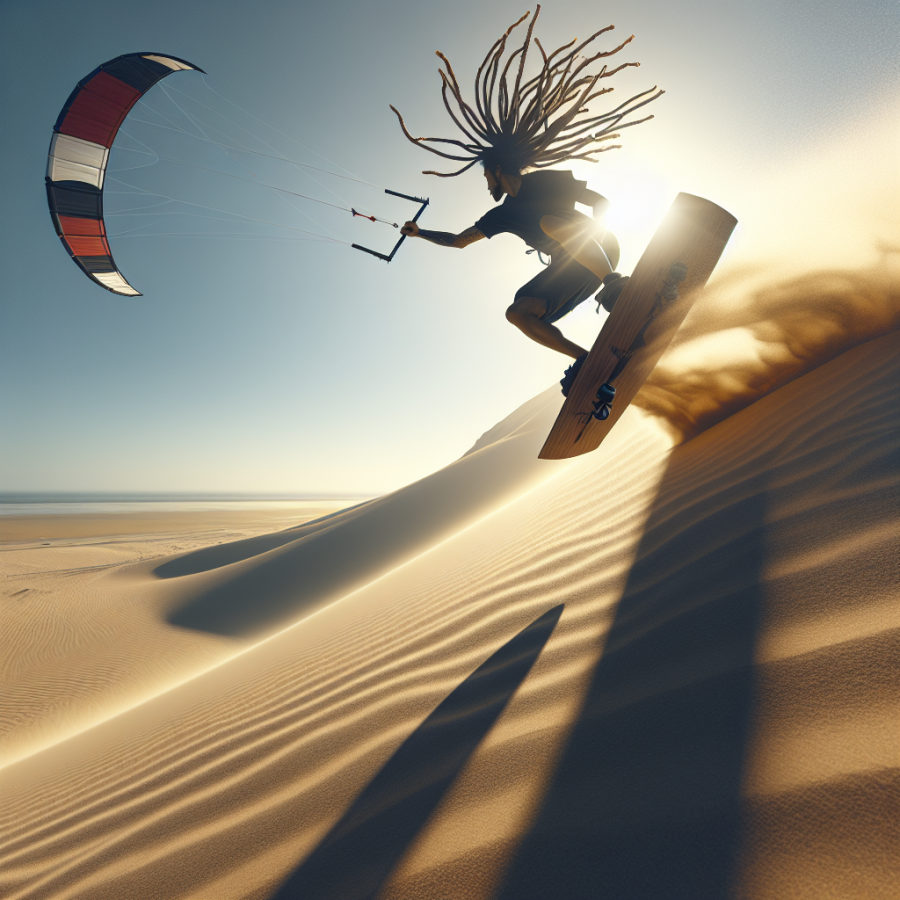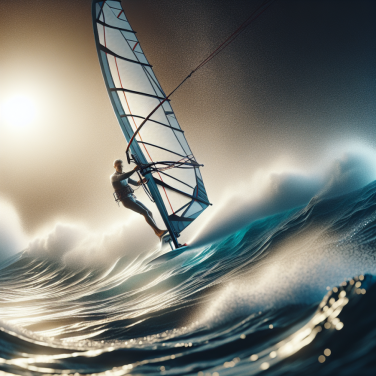Equipment and Techniques: The Essentials for Mastering Kite Landboarding
Mastering the art of kite landboarding combines the raw power of the wind with the thrills of extreme sports, demanding not just physical skill but also the right equipment and techniques. Whether you're a seasoned pro or just starting, understanding and investing in essential gear will significantly enhance your experience and performance on the landboard.
Firstly, selecting the perfect kite is fundamental. The size and type of kite – be it a leading-edge inflatable (LEI), a foil kite, or a depowerable kite – should match your skill level, weight, and the average wind conditions of the spots you ride. Beginners may start with a smaller, more manageable kite to maintain control, while seasoned riders may opt for larger kites that harness more power for high jumps and fast rides. It's also vital to own a range of kites for different wind conditions to ensure you can ride safely and effectively no matter the weather.
A high-quality landboard is the next piece of critical equipment. Boards typically come with either pneumatic or solid rubber tires, and your choice should be based on the terrain you plan to ride. Pneumatic tires are preferred for their shock absorption, which is ideal for rough surfaces, while solid tires might be more suitable for smoother grounds. The board's deck should have a sturdy but flexible construction enabling riders to maintain control during tricks and turns.
Bindings and foot straps secure your feet to the board, and these need to be comfortable as well as easily adjustable to accommodate different riding styles and conditions. Padding can reduce vibrations, and a heel strap often helps novice riders feel more secure as they learn.
A proper harness is also a fundamental piece of equipment for kite landboarding, particularly when engaging in long sessions or performing advanced tricks. By taking the strain off your arms and spreading it across your waist or torso, a harness allows for greater endurance and better control of the kite's power.
Safety gear, while not always eye-catching, is non-negotiable. This includes a helmet to protect your head during falls, wrist guards, knee pads, and elbow pads to shield against scrapes and impacts, as well as impact vests for body protection during high-flying maneuvers or unexpected tumbles.
As for technique, one of the first skills to master in kite landboarding is kite control. That means being able to launch, fly, turn, and land the kite confidently.
Exploring the Excitement of Kite Landboarding: A Blend of Wind Power and Adrenaline
Kite landboarding, the lesser-known cousin of kitesurfing, is a high-octane sport that combines the elements of wind-powered traction with the off-road capabilities of a mountain board. This exhilarating activity provides a unique sensation of gliding over land powered by nothing but the wind, which appeals to extreme sport enthusiasts and those who crave an adrenaline rush.
At the heart of kite landboarding lies a sophisticated understanding of wind mechanics. Riders harness the strength of the wind using a controllable kite, similar to those used in kite surfing, attached to 20-30 meters lines. This provides the power to perform various stunts, speed across different terrains, and even take flight for a short duration.
The equipment plays a critical role in kite landboarding. The 'landboard' itself is a robust, lightweight structure designed to handle all sorts of terrain, from grassy plains to sandy beaches. Its large, pneumatically-tired wheels roll over most ground conditions, and the foot-straps ensure that riders stay securely attached as they maneuver the board. The kite, typically made of durable, high-quality fabric, comes in various designs and sizes to accommodate different wind strengths and rider preferences.
Mastering the techniques of kite landboarding opens up endless possibilities for tricks and maneuvers. Experienced riders can perform spectacular jumps, carve turns, and even attempt freestyle acrobatics such as rotations and flips. Furthermore, kite landboarding is not merely a freestyle sport. Races and long-distance treks add a competitive edge to the activity, challenging riders to test their speed, endurance, and tactics.
Safety is of paramount importance in kite landboarding, and the learning curve can be quite steep. Proper safety gear, including helmets, knee pads, and sometimes even body armor, is recommended to protect against falls and collisions. Additionally, learning to manage the kite – especially when wind conditions change abruptly – is crucial for maintaining control and preventing accidents.
One of the most significant benefits of kite landboarding is its accessibility. Unlike other wind-powered sports that require water bodies, kite landboarding can be enjoyed anywhere with open space and adequate wind, from deserted parking lots to open countryside. This makes it an excellent alternative for people who live far from the sea yet still wish to experience the adventure of kitesports.
Kite landboarding is not just a test of physical dexterity; it also engages mental skills. Riders must constantly read the wind, predict its behavior, and adapt their strategies accordingly.




